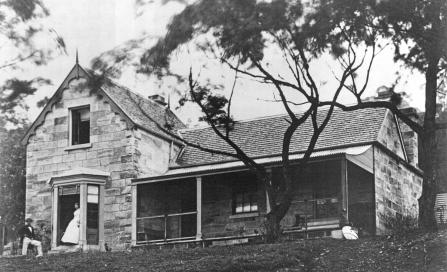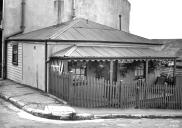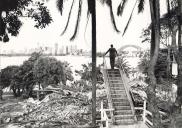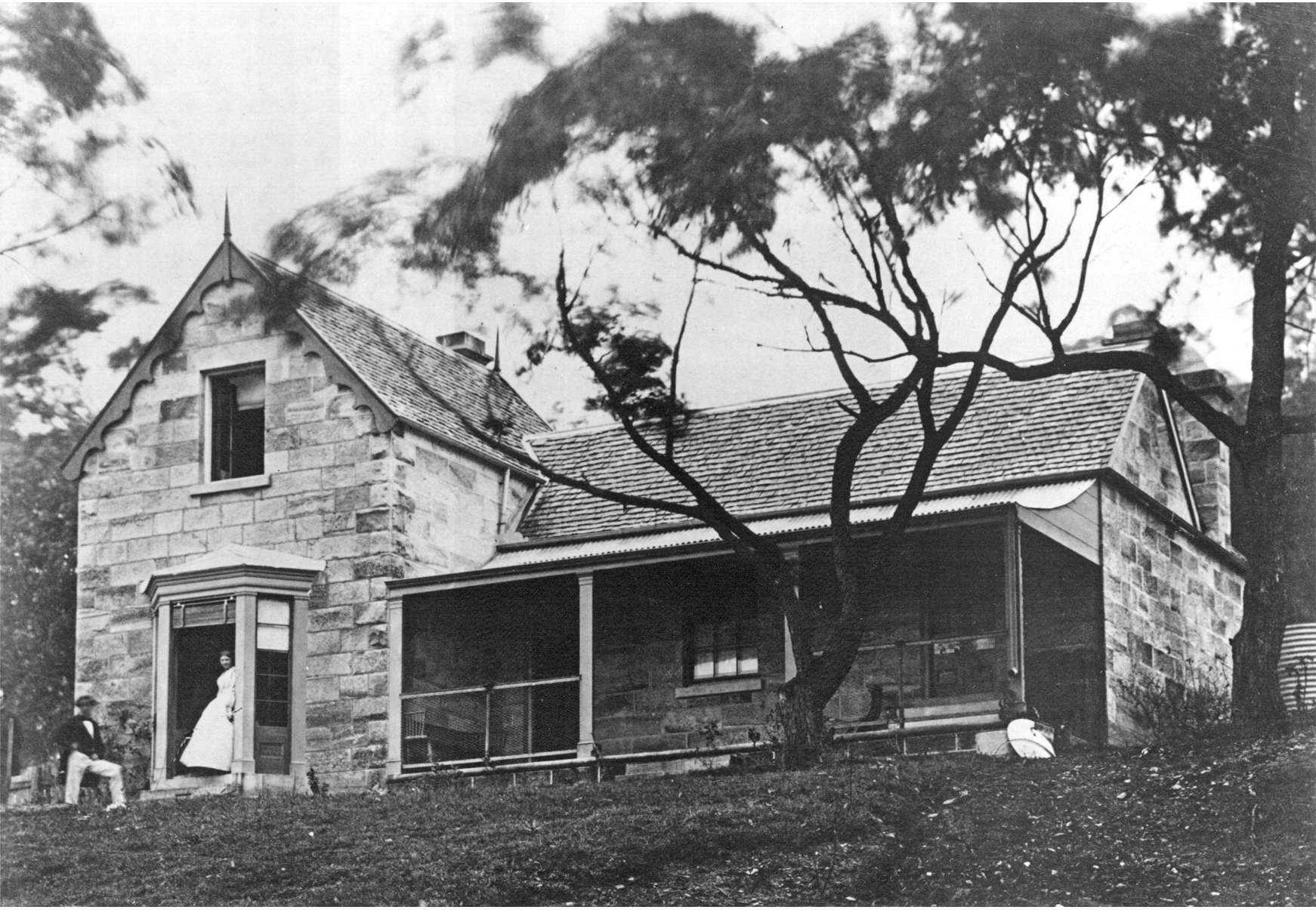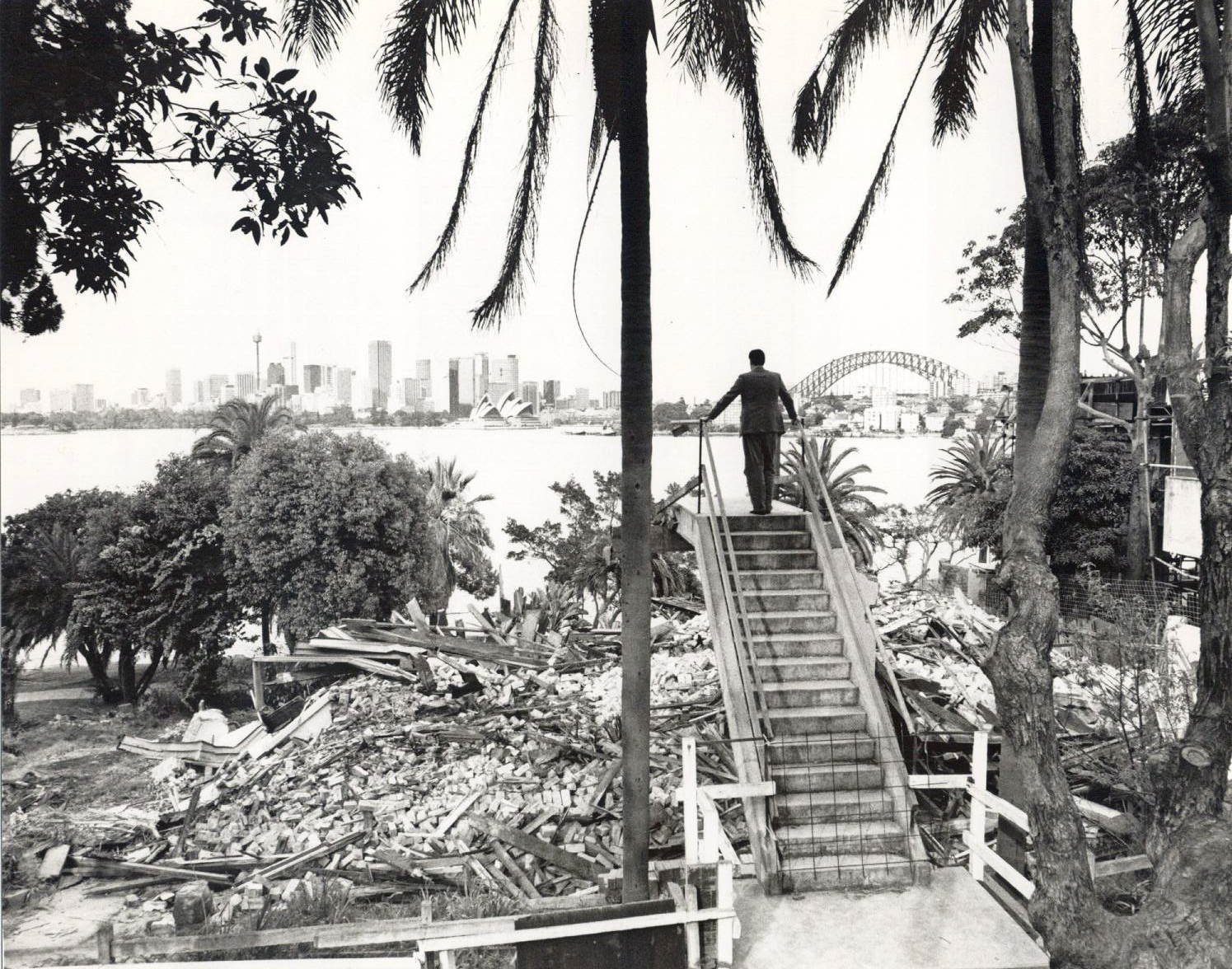|
|
Lost HousesSydney has a reputation for destroying its built heritage. As Peter Watts, the Director of Historic Houses Trust of New South Wales, wrote in 1999: ‘Greed and Sydney seem to go together... we seem hell bent on maximising profit and views, showing off, building big – and brassy – and tearing down’.Those comments appeared in the exhibition catalogue Demolished Houses of Sydney (ed. Joy Hughes) which detailed more than 400 demolished houses. Fifteen of these were in North Sydney. In the absence of a bridge, the north shore of Sydney Harbour developed more slowly than the south side and therefore the pressure for ‘redevelopment’ was not as intense as in other parts of the city. However, between 1905 and 1911 the population leapt by more than 10,000, prompting local resident and poet Henry Lawson to coin the term ‘they’re shifting of old North Sydney’ in the poem he penned in opposition to changes that saw the ‘carting off’ of houses ‘where the old folk used to dwell’. If the urge to replace small with big and ‘old’ with new has been alive in North Sydney since the early 1900s, it certainly became more evident in the years that followed. Consolidation was a feature of the North Sydney foreshore shortly after Lawson’s protest, when some of Sydney’s earliest flats were built on older house grounds and gardens. But during the 1960s flats grew in size and popularity – a response to architectural technology, proximity to the offices in Sydney and North Sydney's newly established Central Business District, as well as the desirability of harbour views. These blocks, too, were usually built upon the sites of earlier homes. Along with the pressures of a growing population, North Sydney would be shifted more than ever before by the impact of two huge public works – the building of the Sydney Harbour Bridge from 1924 to 1932 and the construction of the Warringah Expressway from 1960 through to the 1970s. Between them these projects resulted in the demolition of as many as 1,000 buildings, most of them dwellings. Modernism, the new architectural design philosophy that accompanied much postwar development, paid little heed to the need to preserve existing structures - often dismissing them as slums or over-decorated anachronisms. These views were widely held among architects and lay-people alike. Concern at the dramatic redevelopment of the built environment took hold slowly in North Sydney, just as it did elsewhere in Sydney. The North Shore Historical Society was formed in 1958 in response to the demolition of ‘Bell’vue’ just as the North Sydney Homes Protection Group were beginning to employ Resident Action to stop the replacement of bungalows with high-rise. Awareness of the benefits of preserving heritage resulted in the New South Wales Heritage Act 1977. North Sydney Council bought 'Don Bank Cottage' shortly after to save it from demolition. In 1981, Council commissioned the State’s first heritage review of the built environment. This was followed in 1993 by another more comprehensive listing of houses worthy of protection. This list, with amendments, remains central to Council’s heritage preservation goals and is included in the Local Environment Plan. However, the need for urban consolidation and the pressure from Sydney's lucrative property market still results in the demolition of old homes.
Audio: Listen to Roger Elliot, who worked in the New South Wales State Planning Authority in the 1970s and 1980s, discuss the origins of the first North Sydney heritage review with historian Margaret Park in 2000. Merle Coppell Oral History Collection, OH243
|
|

